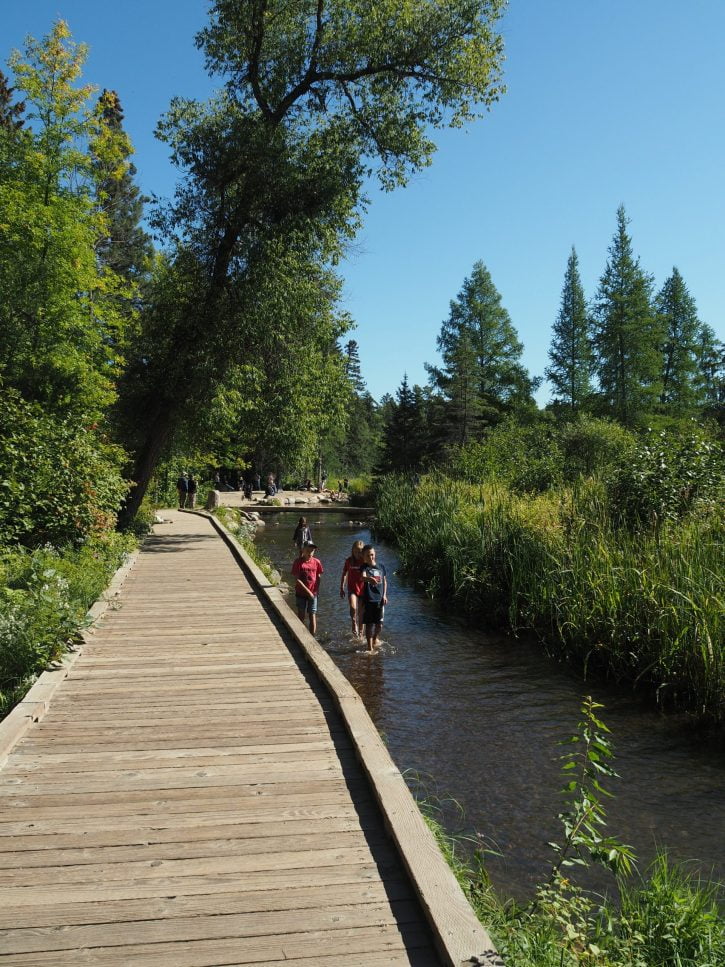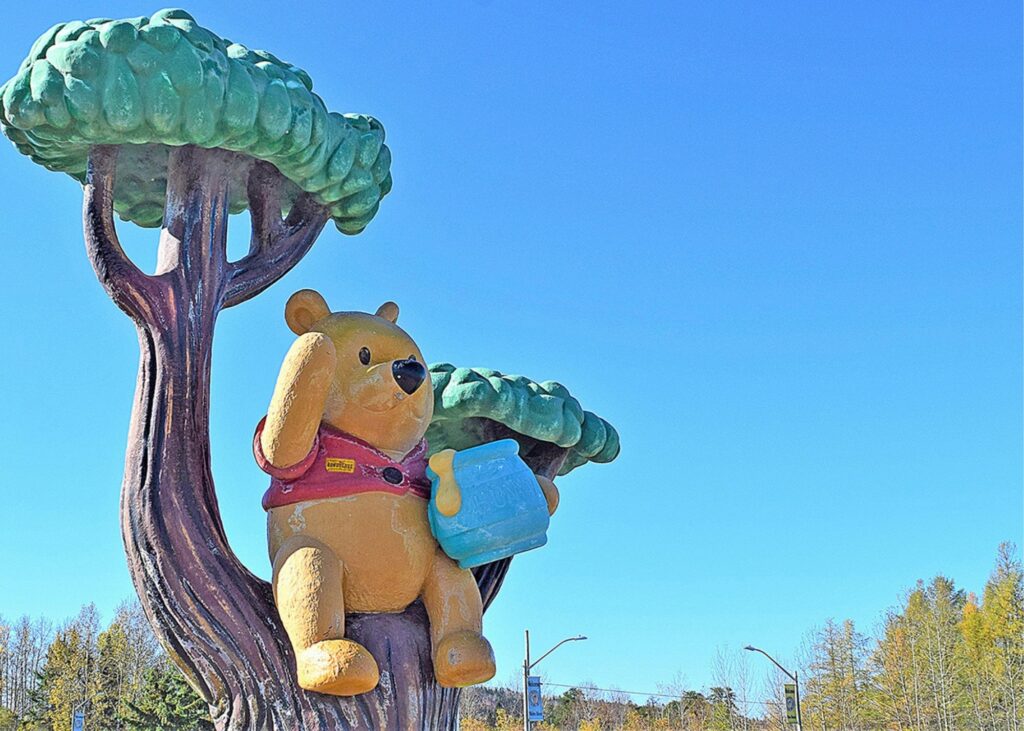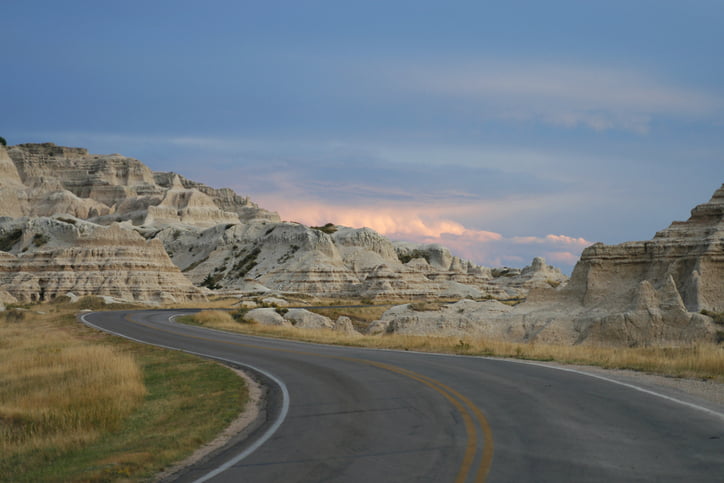Only when I unfolded the paper map of Minnesota, did I appreciate its nickname, the Land of 10,000 Lakes. Granted, many of those lakes are small, but the state is graced with pockets of blue, as well as the winding ribbon of the grand Mississippi River.
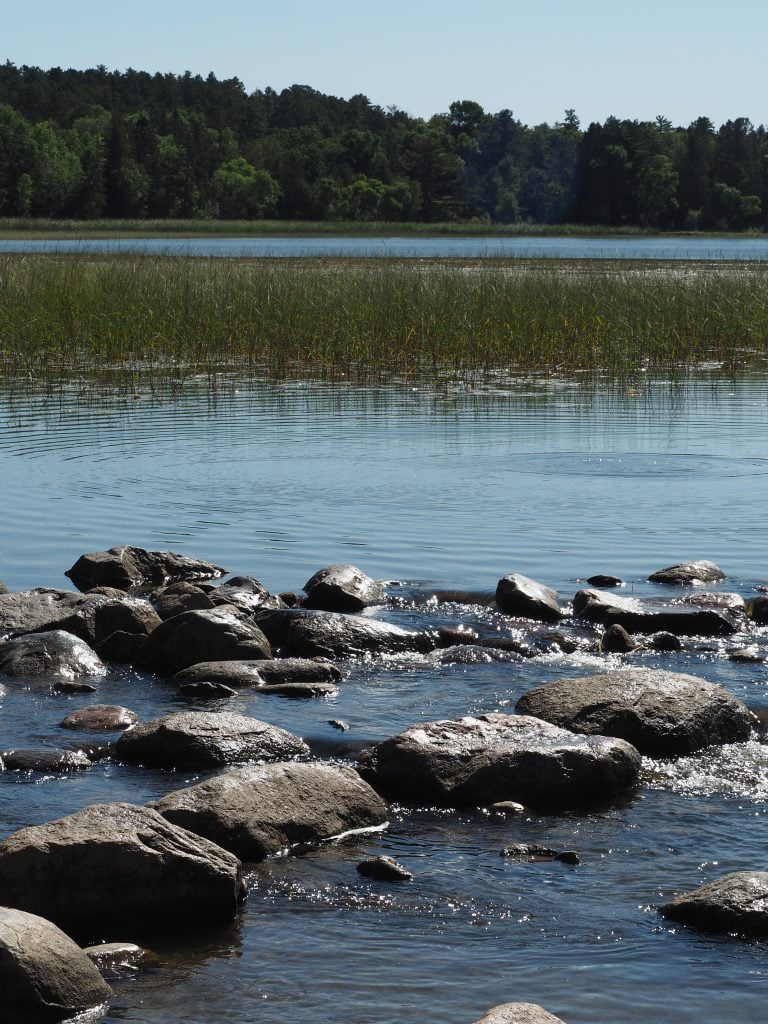
It’s the Mississippi that took me to this part of Minnesota. Having written a book on the music of the state named after North America’s second-longest river, I wanted to see its beginnings. I’d stood on the massive concrete levees in Greenville, Mississippi—far to the south of Minnesota—and contemplated the river’s power; how for thousands of years, the waters defeated any efforts to hold it back, flooding the region known as the Mississippi Delta with some of the planet’s richest alluvial topsoil. Eventually, humans caught up and tamed the river with a barrier system of concrete levees, making the river flow much more predictable and considerably less damaging.
In the Deep South, the Mississippi River goes by many nicknames—Ol’ Man River, The Big Muddy, The Gathering of Waters—and gathering waters it does. The storied Mississippi has more than 250 tributaries, draining 40 percent of the nation’s landmass, flowing from northern Minnesota to the Gulf of Mexico at New Orleans.
I longed to dip my toes in its beginnings. That yearning took me to Lake Itasca, the Headwaters of the Mississippi River.
Itasca State Park is in northwest Minnesota, bumping up against the Watershed Divide that marks the boundary between the Hudson and Mississippi Watersheds. The park is the state’s oldest, preserving large tracts of Minnesota’s remaining old-growth red and white pine forests and spruce, birch, oak and maple stands. Established in 1891, the large park was created to protect the forest and waters surrounding the headwaters of the Mississippi.
When the Mississippi flows out of Lake Itasca, it heads north, forming what looks like a big question mark before bending southward. It was confusing—we think of waters as flowing top to bottom or north to south, but the fact is that a river lets gravity carry it downhill along the path of least resistance. The rolling landscape around Lake Itasca was sculpted by glaciers 10,000 years ago, and the streams and rivers wind through these glacial sandhills, constantly moving down the slope. The massive glaciers were up to 3,200 metres thick, oozing under their weight as they advanced and receded, pushing mounds of sand and gravel and creating the moraines and rolling hills on the park’s west side. When the ice finally melted, a considerable volume of water scoured the land, giving rise to the moniker of “10,000 lakes.”
According to historical records, there was much debate in the 19th century about the trustworthy source of the great river. The park’s founder settled the dispute, declaring Lake Itasca as the official Headwaters of the Mississippi River. The park has multiple routes for driving, bicycling and walking, including the famous 16- kilometre Wilderness Drive and the Schoolcraft Trail beginning at the Mary Gibbs Mississippi Headwaters Center.
It’s an easy stone’s throw across the spot where the first drops of water flow over a simple rock barrier separating the lake from the river, beginning its 3,782-km journey. (There’s some debate about the exact length of the river, depending on the year or measurement method, with official organizations estimating from 3701 to 4107 kilometres.) The river flows through Minnesota for over 1,100 km or 30 percent of its total length.
Kids frolicked in the water; their parents stared wistfully at this marker of history. No one could resist leaving the official spot without at least splashing around or collecting a small bottle of water as a keepsake.

Camping is excellent at Itasca. There are two main campgrounds; each has loops with distinct personalities—in Pine Ridge Campground, there’s the quiet of Pine Loop and the busyness of family-friendly Spruce and Oak Loops. The air in Pine Ridge (year-round camping) is crisp and clean, thanks to the ultimate purification system provided by the tall stands of trees. Bear Paw Campground is open from mid-May to mid-October and sits next to the Bear Paw Spur Bike Trail. Many sites at both campgrounds have 50-amp electric hookups with water and comfort stations open seasonally.
Minnesota is renowned for another “beginning.” A pleasant 90-minute drive northwest of Duluth (US 53 to Route 37) is the childhood home of an American musical icon, Bob Dylan (whose birth surname was Zimmerman).
Hibbing is a quiet town, union-friendly and owing its prosperity to an economy driven by the world’s largest iron ore mine. The streets are lined with American flags, and many restaurants and businesses are family owned and look like they’ve served the community for generations. Dylan was born in Duluth, but the Zimmerman family moved to Hibbing when he entered grade school.
The Hibbing Public Library provides the perfect orientation for the Bob Dylan Walking Tour (5,700 steps for those counting on a pedometer). The library’s free Bob Dylan Collection includes books, newspaper and magazine articles, movies, posters and a small permanent exhibit on the lower level. Maps can be found at the front desk and in many shops around town. The walk starts at the Zimmerman Electric building—as a teen, Bob worked at the store, helping with deliveries—and ends at the Andrey Hotel, where Bob’s bar mitzvah was held with 400 people in attendance.
Who knew that Bob Dylan was a hotshot bowler (member of the competition-winning Gutter Boys) or that his favourite order at L&B Café was cherry pie a la mode?
A highlight of the walk was a stop and private tour of Dylan’s childhood home at the intersection of 7th Avenue East and Bob Dylan Drive, a property purchased, restored, and lovingly curated by Bill Pagel. Pagel has amassed an extensive collection of Dylan memorabilia and started a website providing information to Bob Dylan fans worldwide.
You’ll know you’ve found the spot by the music-themed crosswalks painted onto the roadway and the plaque on the home declaring “Childhood home of Bob Dylan from 1948 to 1959.” The three-bedroom home has been restored to a 1950s era and includes many original furnishings, including the piano he played and his record collection. The knotty pine recreation room in the basement has display cases filled with original handwritten song lyrics, LPs, and concert and festival posters.
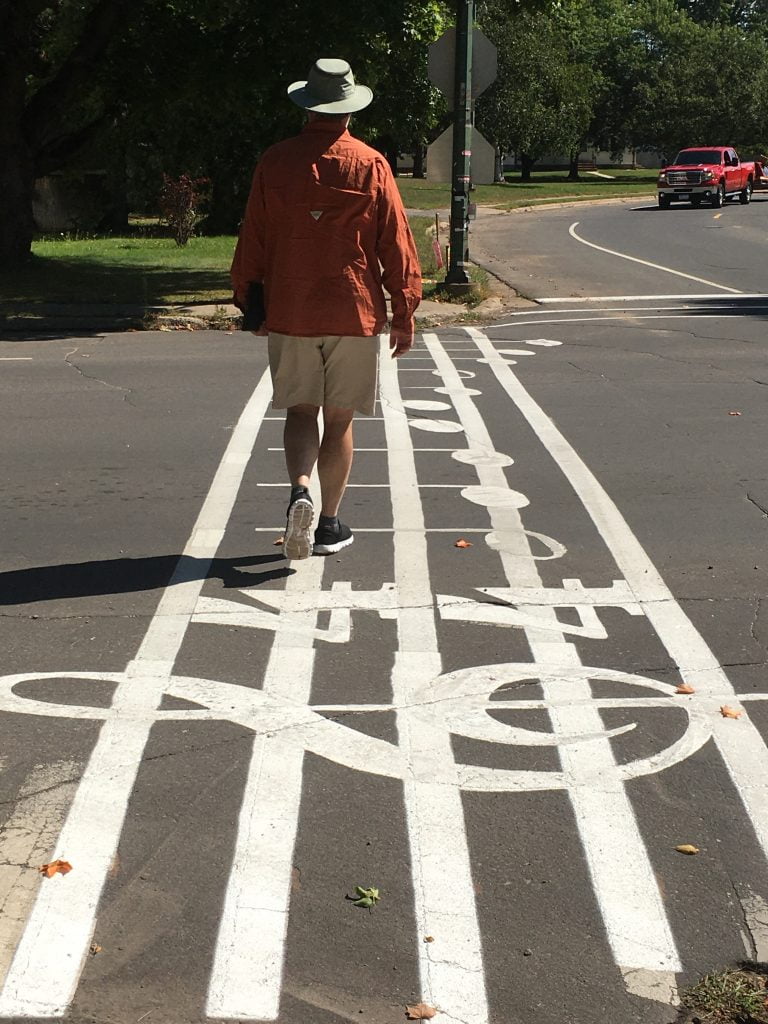
Two blocks away, Hibbing High School pays tribute to the famous bard with a curved brick wall inscribed with his best-known, 2016 Nobel Prize-winning song lyrics. There’s a built-in chair to sit and contemplate the depth of words like “May your heart always be joyful, may your song always be sung, may you stay forever young” and “The answer, my friend, is blowin’ in the wind.” In May 1959, Dylan sat with 424 other students in the high school auditorium for graduation; the class motto was “I am a part of all that I have met.”
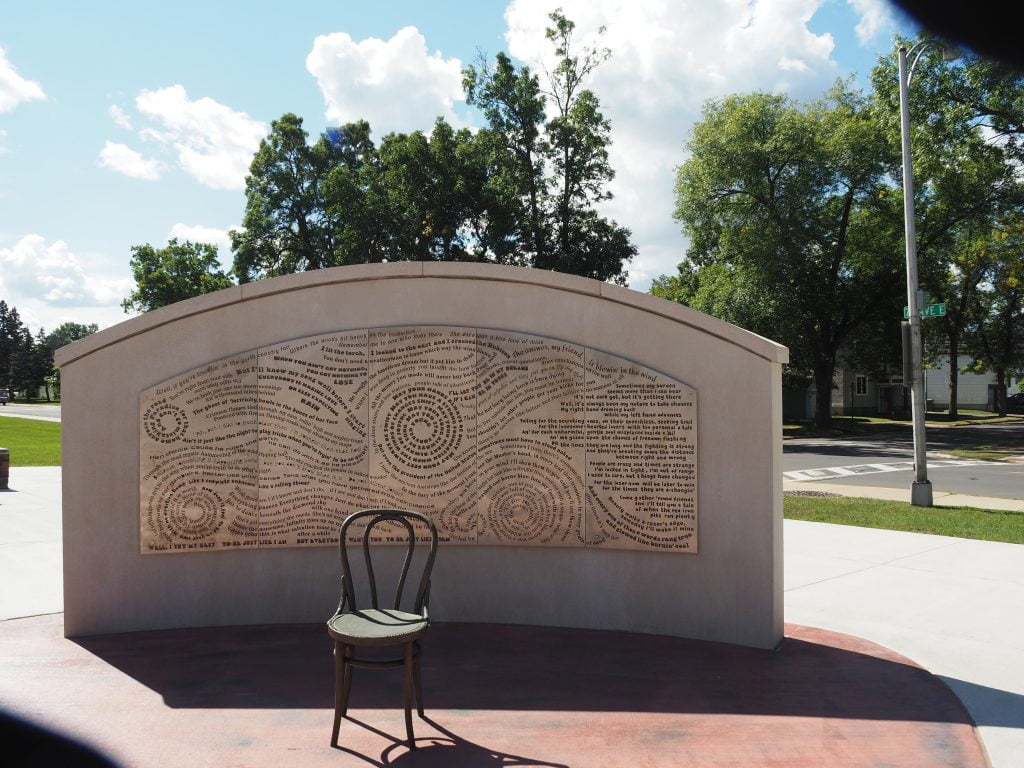
I came away thinking like the RV lifestyle. We move about, forming new friendships and creating new communities. We are a part of every experience we have on the road, of all we have met. www.exploreminnesota.com

